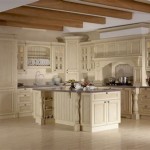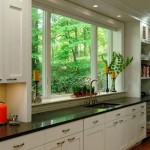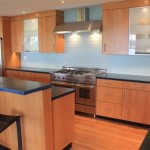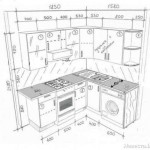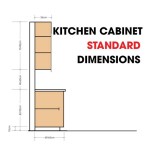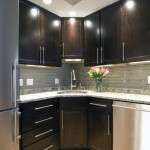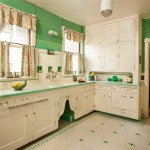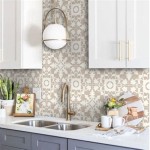Standard Depth for Kitchen Wall Cabinets: Essential Considerations
When designing a kitchen, careful consideration must be given to the dimensions of the cabinets. The depth of wall cabinets, in particular, plays a crucial role in determining the functionality and aesthetics of the space. In this article, we will explore the standard depth for kitchen wall cabinets and discuss the factors to consider when choosing the appropriate depth.
Standard Depths for Kitchen Wall Cabinets
The standard depth for kitchen wall cabinets is typically 12 inches (30.5 centimeters). This depth provides ample storage space for dishes, glasses, and other kitchen essentials while still allowing for easy access and preventing the cabinets from protruding too far into the room.
Factors to Consider When Choosing Wall Cabinet Depth
While 12 inches is the industry standard, there are several factors to consider that may influence the ideal depth for your kitchen:
1. Countertop Depth
The depth of the countertops should be taken into account when determining the cabinet depth. Standard countertops are typically 24 inches (61 centimeters) deep, but they can vary from 18 to 30 inches (45.7 to 76.2 centimeters). A cabinet depth that is too shallow may not fully support the countertop, while a depth that is too deep may create an awkward overhang.
2. Appliance Clearance
If you have appliances such as a range hood or built-in oven installed below the wall cabinets, ensure that the cabinet depth provides adequate clearance for proper ventilation and operation. The minimum clearance required for most appliances is 18 inches (45.7 centimeters), so a cabinet depth of at least 18 inches is recommended in these cases.
3. Storage Requirements
The amount of storage space you need will also influence the depth of the cabinets. If you store bulky items or have a large collection of dishes, consider opting for deeper cabinets with a depth of 15 or even 18 inches (38.1 or 45.7 centimeters). However, if storage space is limited and the kitchen is small, a shallower 9 or 10-inch (22.9 or 25.4-centimeter) cabinet may be more appropriate.
4. Aisle Width
The depth of the wall cabinets can affect the aisle width in the kitchen. In a small kitchen, overly deep cabinets can significantly narrow the aisle and make it difficult to move around comfortably. Consider the overall layout of the kitchen and ensure there is sufficient aisle width when determining the cabinet depth.
5. Style and Aesthetics
The depth of the wall cabinets can also impact the overall style and aesthetics of the kitchen. Deeper cabinets tend to create a more traditional and spacious look, while shallower cabinets can make the kitchen feel more modern and compact. Choose a cabinet depth that complements the desired aesthetic.
Conclusion
Determining the standard depth for kitchen wall cabinets is essential for creating a functional and visually appealing cooking space. By considering the factors discussed above, such as countertop depth, appliance clearance, storage requirements, aisle width, and style, you can select the optimal depth for your kitchen and ensure it meets your specific needs and preferences.

What Is The Standard Depth Of A Kitchen Cabinet Dimensions Cabinets Height Wall Units

N Standard Kitchen Dimensions Renomart

Kitchen Wall Cabinet Size Chart Builders Surplus Cabinets Sizes Dimensions

Wall Cabinet Size Chart Builders Surplus

Diy Kitchen Quality Designer

Kitchen Cabinet Sizes What Are Standard Dimensions Of Cabinets
Guide To Kitchen Cabinet Sizes And Dimensions

Fitted Kitchens Direct An Independent Kitchen Supplier For Your Budget Or Bespoke Either Supply And Fit Only

Cabinet Sizes Blok Designs Ltd

Base Cabinet Size Chart Builders Surplus

